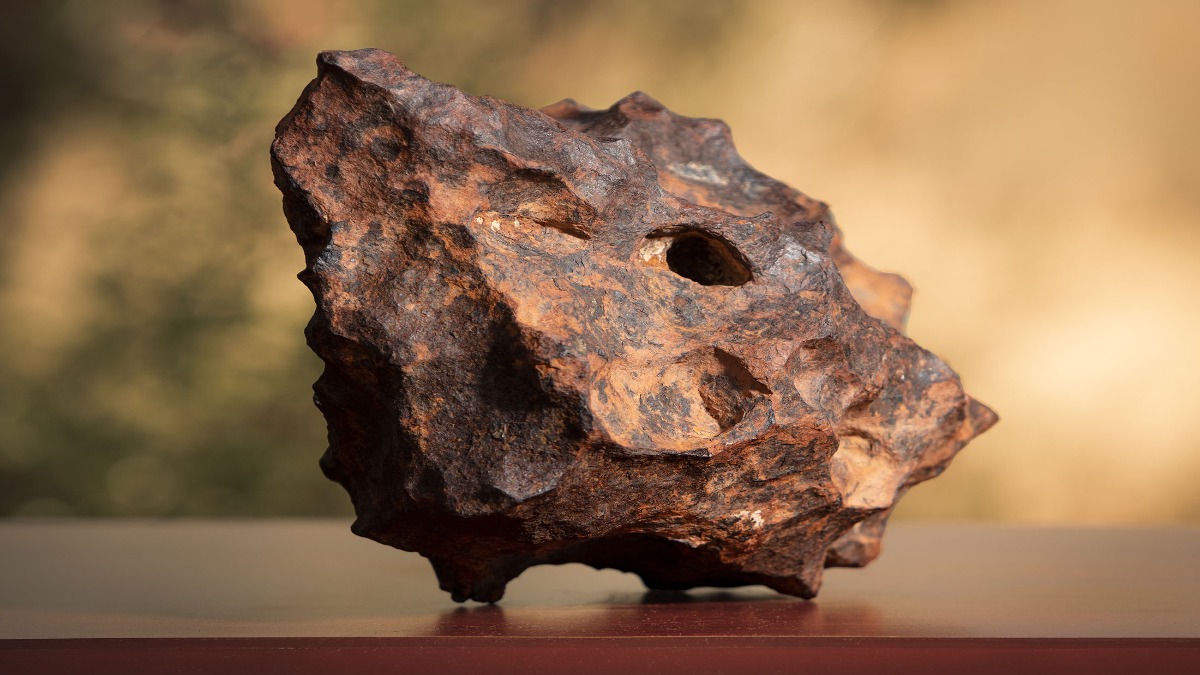A team of scientists has discovered a particular microscopic structure that has never been seen before. It was found in the ancient Canyon Diablo meteorite. The structure is made of interlocking diamond and graphite. According to scientists, it has unique quirks that could one day be useful for the development of electronics or for super-fast charging.
The parts of diamond they were in Canyon Diablo, the meteorite that crashed into Earth 50,000 years ago. It was discovered in Arizona in 1891. The meteorite is an iron octaedrite. The fragments were used by Native Americans in prehistoric times as a source of meteoric iron.
The collection of the various fragments began in the nineteenth century and has since been intensified. The meteorite is made of unusual diamonds that most people are not aware of. The most famous diamonds were formed 150 km below the earth’s surface. The temperatures are more than 1093 degrees Celsius.
In diamonds, carbon atoms are positioned in cubic structures. In the diamonds that instead belong to the meteorite are called Canyon Diablo lonsdaleite. They are named after Dame Kathleen Lonsdale, an English crystallographer and first professor at University College London. These crystals are hexagonal and can only form at very high temperatures and extreme pressures.
Scientists have managed to successfully reproduce lonsdaelite in the lab as well. They took advantage of compressed air And gunpowder to push graphite discs against a wall at 24,100 km/h. In fact, the lonsdaelite is only created in the event of the impact of the asteroids with the Earth at super speed.
Source: Lega Nerd
I am Bret Jackson, a professional journalist and author for Gadget Onus, where I specialize in writing about the gaming industry. With over 6 years of experience in my field, I have built up an extensive portfolio that ranges from reviews to interviews with top figures within the industry. My work has been featured on various news sites, providing readers with insightful analysis regarding the current state of gaming culture.











